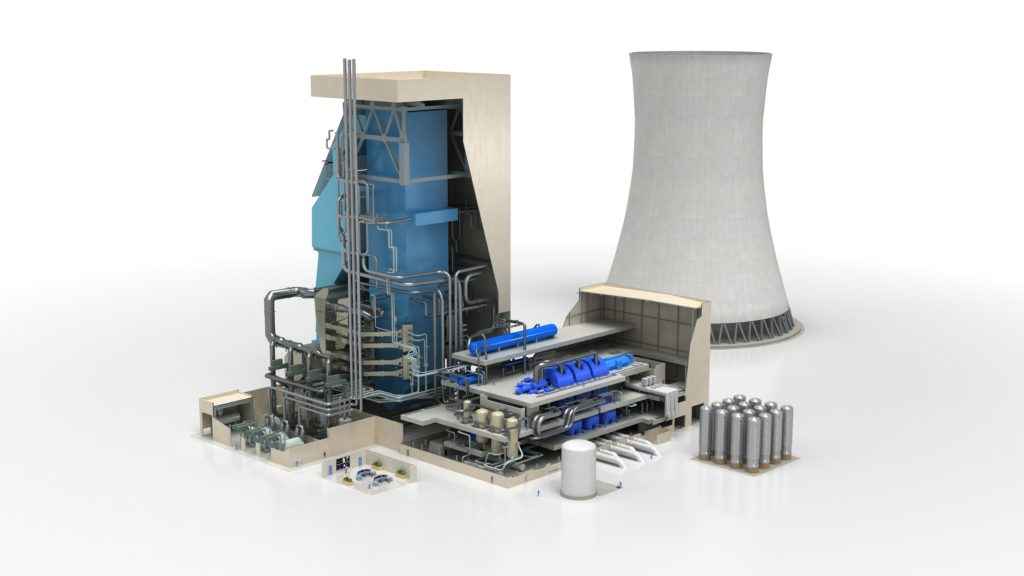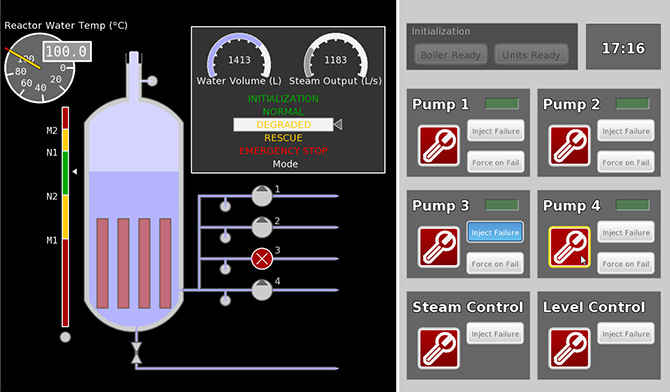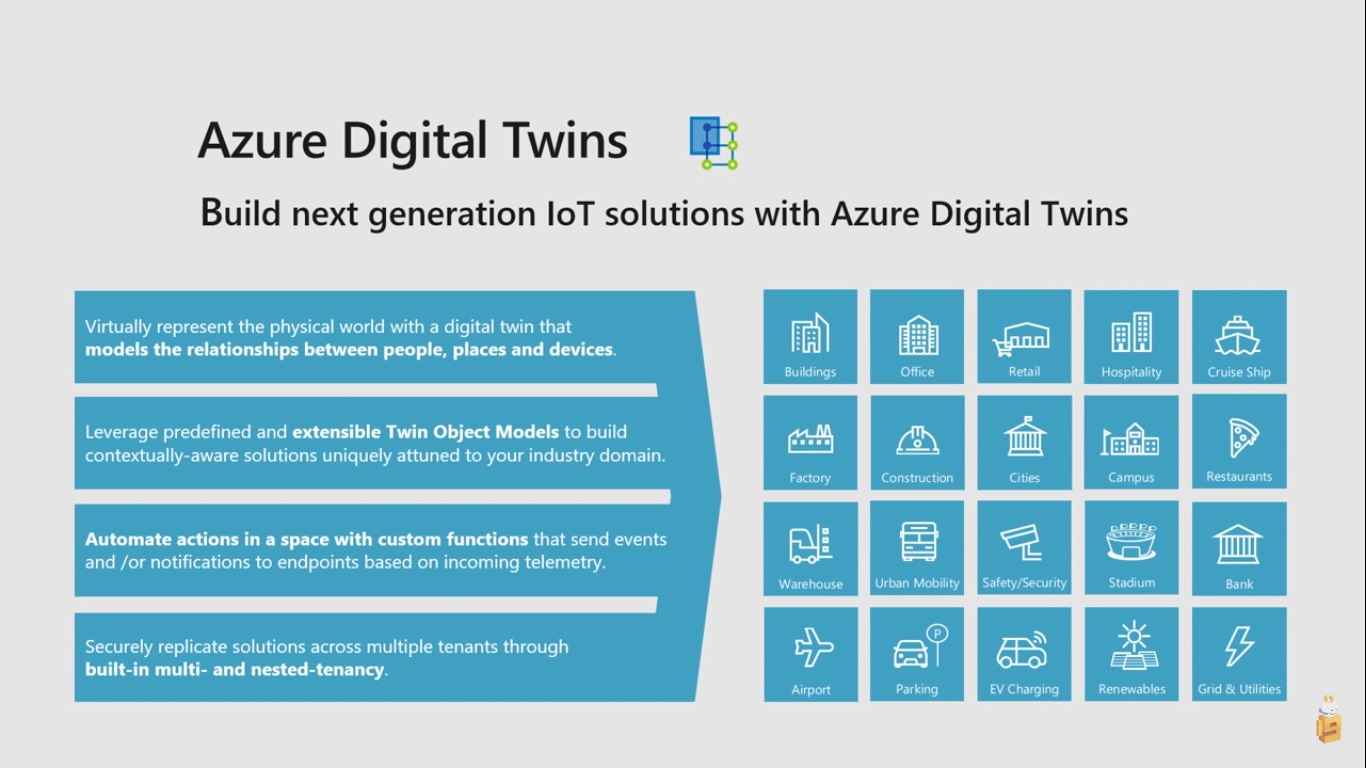Digital Twins – A Primer
Introduction
Before building something big, it is normal to create a model. This concept of model is very common in construction and manufacturing field. With the advent of 3D CAD (computer aided design) , many built different models on the computers to show and get approvals for next stage. Then came the prototypes. Simulations started evolving. Recent technologies like AR and VR contributed to the growth of this simulations. Today, Digital Twins, the dynamic digital representations of any physical entity along with IoT are helping the world realize unprecedented business benefits.
Definition
Evolving digital profile of the historical and current behavior of a physical object or process that helps optimize
business performance. The digital twin is based on massive, cumulative, real-time, real-world data measurements
across an array of dimensions
Importance of Digital Twins as per Analysts
Gartner predicts –By 2021, 50% of large industrial companies will deploy digital twins
IDC predicts- The gains from digital twin technology to be as high as 25% in next five years
Sample usecases of Digital Twins
- Predict maintenance needs for a factory.
- Analyze real-time energy requirements for an electrical grid.
- Optimize the use of available space for an office.
Digital Twins uses first principal and statistical models, design information and external drivers to generate near real-time product information such as remaining life time, distance to optimal operations and geographical position.
GE demonstrated use of Digital twins in Power plants
Reference : https://youtu.be/o4U6a1DfXuw
“Simulation is critical to a digital twin as it supplies answers to questions like “What if we change this?” and “Why did that happen?” and “How do we improve the design?”
Knowing the importance of Digital twins, Microsoft Azure added Azure Digital twins to its IoT platform
https://docs.microsoft.com/en-us/azure/digital-twins/
Pump operations optimization
Hotel optimization
Digital Twins is useful for representing the physical world and its many relationships. It simplifies IoT modeling, data processing, event handling, and device tracking. Consider just a few of the following scenarios across several industries. They benefit from its use to:
- Show a property management company the occupancy levels of a space over time to glean insights about the best ways to configure its office building.
- Trigger work order tickets for a mobile app. Use it to dispatch security guards and schedule janitorial and other services in a retail space or sports venue.
- Show a building occupant which rooms are occupied in a building in real time. Then, help the occupant reserve work spaces that fit their needs.
- Track where assets are located within a space.
- Optimize electric vehicle charging by modeling user preferences and energy-grid constraints.
So what are the other places, we can use Digital twins?







